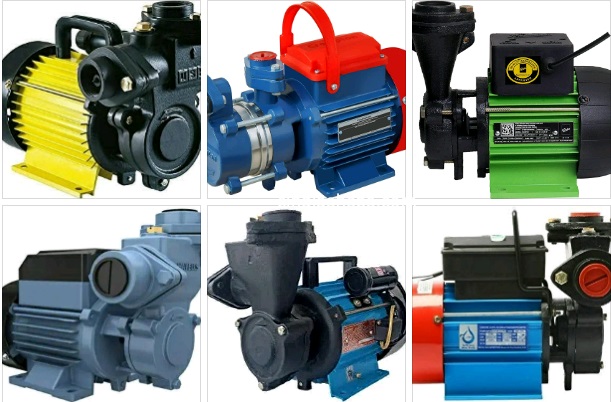Owning a water pump is incredibly helpful for various reasons. You might require a submersible pump for cleaning purposes if you live in a frequently flood-prone area, or you might want a pump to fill your swimming pool. It could be necessary to use it every day to pump water. You should take into account your unique requirements when purchasing a pump so that you can make the best decision. And more, this article explains a few things to be considered before you choose water pumps.
Release Capability
GPM Discharge Capacity measurements are used for all pumps. This reveals the speed and force of the water pumping. It is simply the flow of water from a source to a discharge point expressed in gallons per minute. To transfer water quickly, a pump with a high GPM output capacity is necessary.
Maximum Head
A pump’s maximum head is the most incredible depth or distance it can move water. In most cases, the entire head is stated in metres or feet. With increasing depth and water depth, drag reduces until it is zero. Since the water depth is frequently variable, the maximum lift must always be slightly more significant than the water depth. This is something buyers should think about when buying a pump. For instance, it is advised to buy a pump with a maximum lift of about 40 m if the water depth is approximately 30 m.
Vertical Suction Lift
Calculating the linear separation between the pump and the source is possible using a vertical suction lift. When employing water pumps to empty ponds and flooded basement spaces, it’s crucial to understand this. This guarantees that there is sufficient space to get to the drainage pump.
Maximum Head Lift
The pump’s total head from the water source to the point of discharge is referred to as the maximum head. This figure reveals the pump’s strength and the volume of water it can move to complete the necessary work.
Flow Rate
This describes the pump’s efficacy in general. The term “flow rate” describes how long a pump takes to move a specific volume of water, typically expressed in litres per minute. If you need a pump for a farm or construction site, buy one that can move at least 2500 litres of water per minute. Conversely, pumps with a flow rate of 100 to 200 litres per minute are appropriate for all domestic applications.
Pump Functionality
HP units quantify pump displacement, commonly known as nominal power (horsepower). A measurement of the force needed to make a pump move water. The required pump performance can be estimated using the maximum discharge head and pump flow rate. Given that one horsepower equals 746 watts, higher horsepower indicates higher power usage.
Types of Pumps
Depending on the task required, there are various types of water pumps. These consist of downhole pumps, self-priming pumps, lift pumps, submersible pumps, etc. Discover each variety to choose the best option for your requirements. Consider the factors mentioned above before making a quick purchase of a pump, then select the model that most closely matches your particular requirements. You will discover the ideal product that meets your needs in this manner.
Author Name – Carmela Cahtillo
